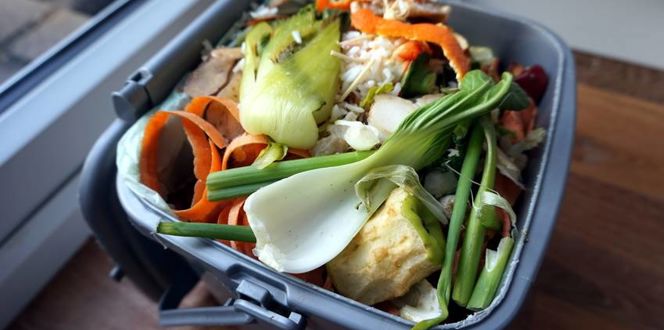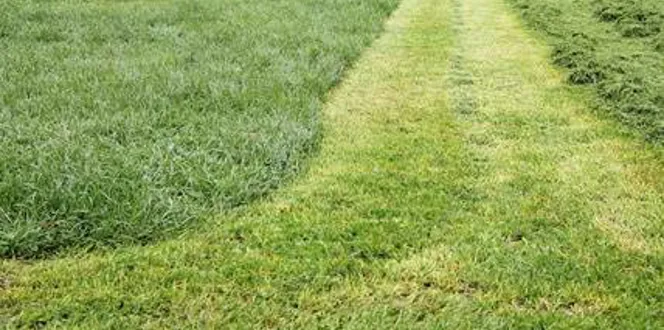You’ve whipped up an incredible meal for your family. Naturally, you have some vegetable or bread scraps you didn’t use. You don’t want to throw them in the garbage. Then a thought enters your mind - COMPOSTING!
Did you know, according to the USDA, 40 percent of food in the United States today goes uneaten? This means we throw out about $161 billion of food each year! A large portion of this waste can be transformed into a beneficial soil amendment and recycled back into the earth.
Good composting achieves a balance of carbon, nitrogen, air, and moisture, which allows microorganisms to multiply and generate the heat that will transform organic materials into compost. This process eliminates weed seeds, pathogens, and any unpleasant odors, creating a clean and safe product to use in your yard or garden.
Read on for ways to start your compost pile at home and put your food waste to good use!
How To Make Compost From Kitchen Waste
Start your kitchen compost pile by placing a glass or stainless steel container with a lid under your sink or on your countertop. Use this to store food waste when you are preparing meals, doing the dishes, or cleaning out the fridge.
What Should You Put In Compost To Start?
Now you are ready to start composting. You will need to determine what items you can add to your composting pile. Not everything you eat is good for a compost pile, so pay attention as you are depositing. Try composting these common household items:
- Fruits and vegetables
- Grains and bread, including pasta rinsate
- Coffee grounds
- Eggshells and mollusk shells
- Shredded paper napkins, cardboard cereal boxes, and coffee filters
When your kitchen container is full, or every one to two days to avoid fruit flies and bad smells, dump it into your outdoor compost pile using layering techniques.
- Create a defined space four to five feet wide with wood, wire, or ventilated plastic sides which will hold your compost pile together, allow it to drain and get air circulation while keeping animals out.
- Start with a layer of brown material (dried leaves, wood chips, sawdust etc.) on the ground at the bottom of your pile.
- Add your food waste, then cover it with a thin layer of more brown material.
- Repeat the layering process to keep odors down.
- Other garden waste such as weeds and lawn clippings can also be added to the compost pile in layers.
Layering creates diversity in nutrients and microbes and helps your pile break down faster!
What Not To Compost
Most kitchen scraps can be used in a compost pile, but be cautious with composting meats, fats, oils, dairy products, and bones. These items tend to attract pesky animals if your pile is not protected, and can create nasty odors if you do not layer-in brown materials properly. However, if you do everything right, these materials will compost with everything else.
How Long Does It Take To Make Compost?
Because no two compost piles are alike, the timeline of the composting process varies. It depends on your climate, the size of the pile, its moisture content, how quickly you are adding materials to the pile, and how often you turn it. With frequent turning and maintenance of moderate moisture, your pile can be ready in as little as 3 months, but could take a year or longer if you add material slowly or there is a lot of coarser material like wood chips in it. When your pile is up to the size you want, start a new one while letting the first one finish composting.
You’ll know compost it’s ready to use when it cools down, becomes dark brown and crumbly, and when earthworms move into it. You should not be able to recognize what it originally was, and it should be free of bad smells.
Apply finished compost to your gardens, beds, and yard. One inch at a time is good for gardens and beds, and a quarter inch at a time is good for turf. Add compost to soil at least once per year and watch your soils improve in condition and your plants thrive.





